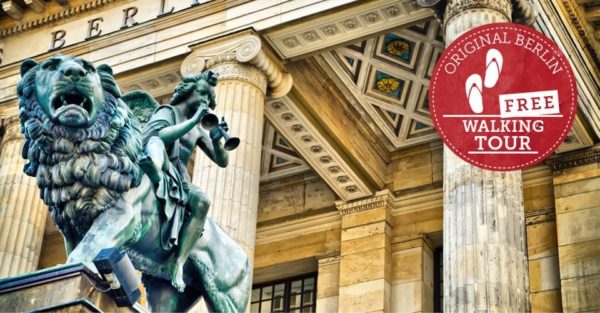Introduction
In as much as there are structures globally that symbolize historical tragedies and events, there is no other masterpiece which represents it better than the Berlin Wall Memorial. This place is in the center of Berlin, Germany, and as a unique piece of history gives evidence of the division of a city, and a state, and their reunification.
The Location and Layout
Berlin Wall Memorial is located in the Mitte district of Berlin that is close to the commercial center. Located along a 1.4-kilometer stretch of Bernauer Strasse which was heavily involved during the time of the Berlin Wall construction.
Understanding the symbolism of the memorial or wall, visitors to the memorial will be surprised to find several aspects which in one way or another narrate the history of the wall. This tour includes an opportunity to walk through an open-air exhibit, the Documentation Center and several sections of the actual wall.
The Open-Air Exhibition
The permanent outdoor presentation at the Berlin Wall Memorial gives the visitors general information about the wall. Tiles of narrative text and photographs from the archives show major events and individual experiences relating to the wall and its emotional effect.
Some of the brightly mentioned areas of the exhibition are the Chapel of Reconciliation. Originally built in the sparsely frequented `death strip’ before the fall of the wall, the chapel was literally knocked down in 1985. But the station was rebuild in it is original form within the memorial site and became a symbol of hope and reunification.
The Documentation Center
The Documentation Centre is a component of the Berlin Wall Memorial that provides a wealth of information on the historical background of the construction of the barrier, the lives of people on either end of the divide as well as the process of tearing down the wall.
Here, the visitor is not only able to read about the division, but also to watch videos and hear real people sharing their experience of the division. The center also contains a library and research facilities which should interest anyone looking to learn more about this chapter in history.
The Preserved Wall Segments
The design for the memorial incorporates sections of the Berlin Wall with different dimensions having been preserved at the site. These sections enable the visitors to see a physical form of the barrier through the divide that once occurred in families, friends, and communities’ lives.
One highly informative segments is positioned in Bernauer Strasse; there one can see the truly massive height of the wall accompanied with the emblematic watchtower. Bits of the wall for this reason have preserved the facade of the structure, the graffiti, and artwork can be seen today which evolved to represent defiance and togetherness.
That is why it is worth visiting the Berlin Wall Memorial.
Apart from serving as a historical site, tourists get to learn of freedom, unity or togetherness as well as the strength of the human spirit when they visit this site. That way, it is possible to understand all the problems people encountered due to the wall’s construction, and the hope that eventually triumphed over the separation.
Precisely owing to memorial, people are aware that there are no obstacles that cannot be overcome. It calls into question the liberties we may rarely think about and pleads the case of understanding the history of the world.
Final Thoughts
The other structure that symbolizes the efforts of heroes who fought for freedom is the Berlin Wall Memorial. The visit to the memorial has not only informative, but a reflective and commemorative purpose as well. Through this program, people can be linked to history and pay their respect to all those who have suffered; it also presents the victory of people uniting over the division.
Table of Contents

